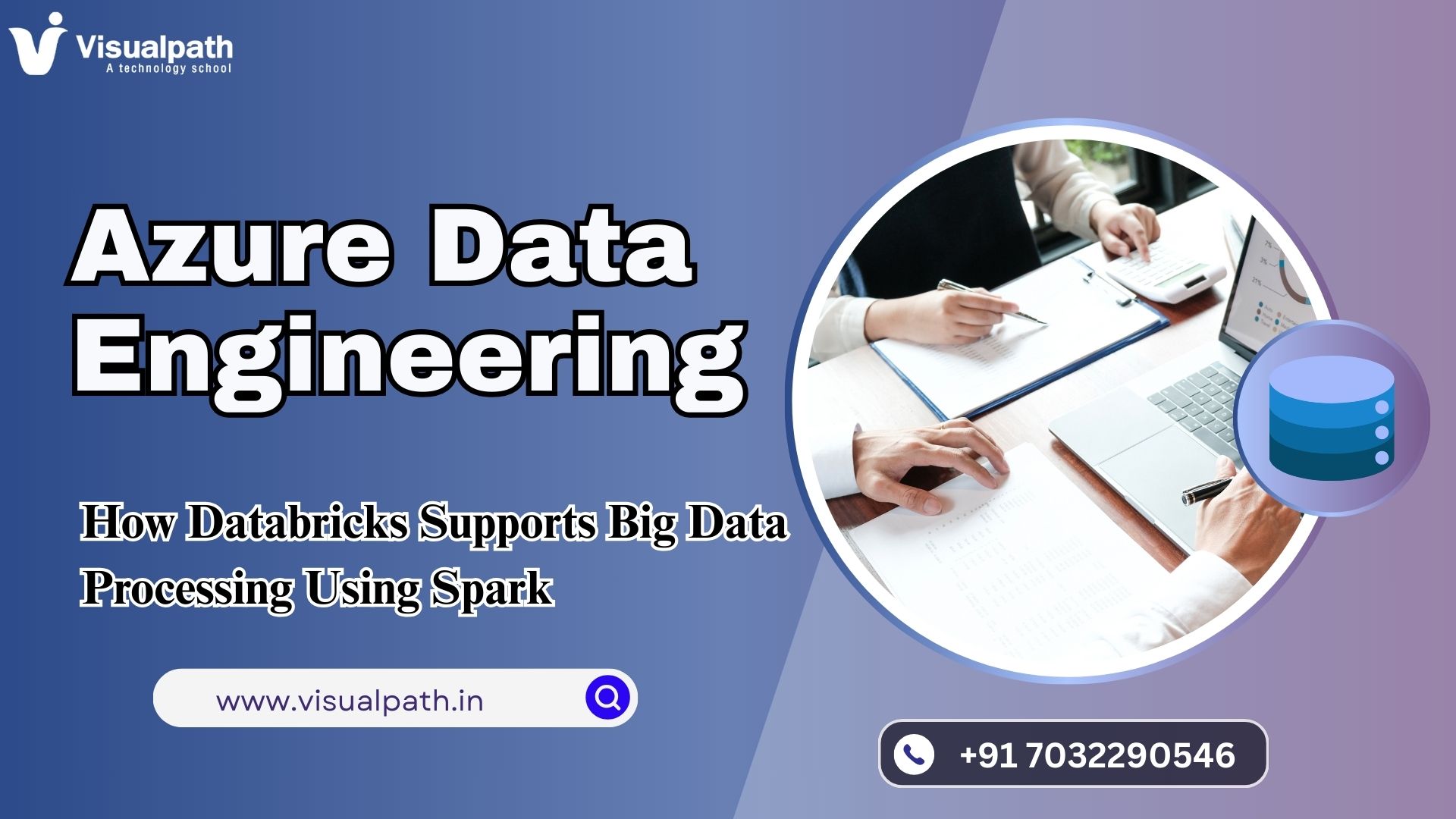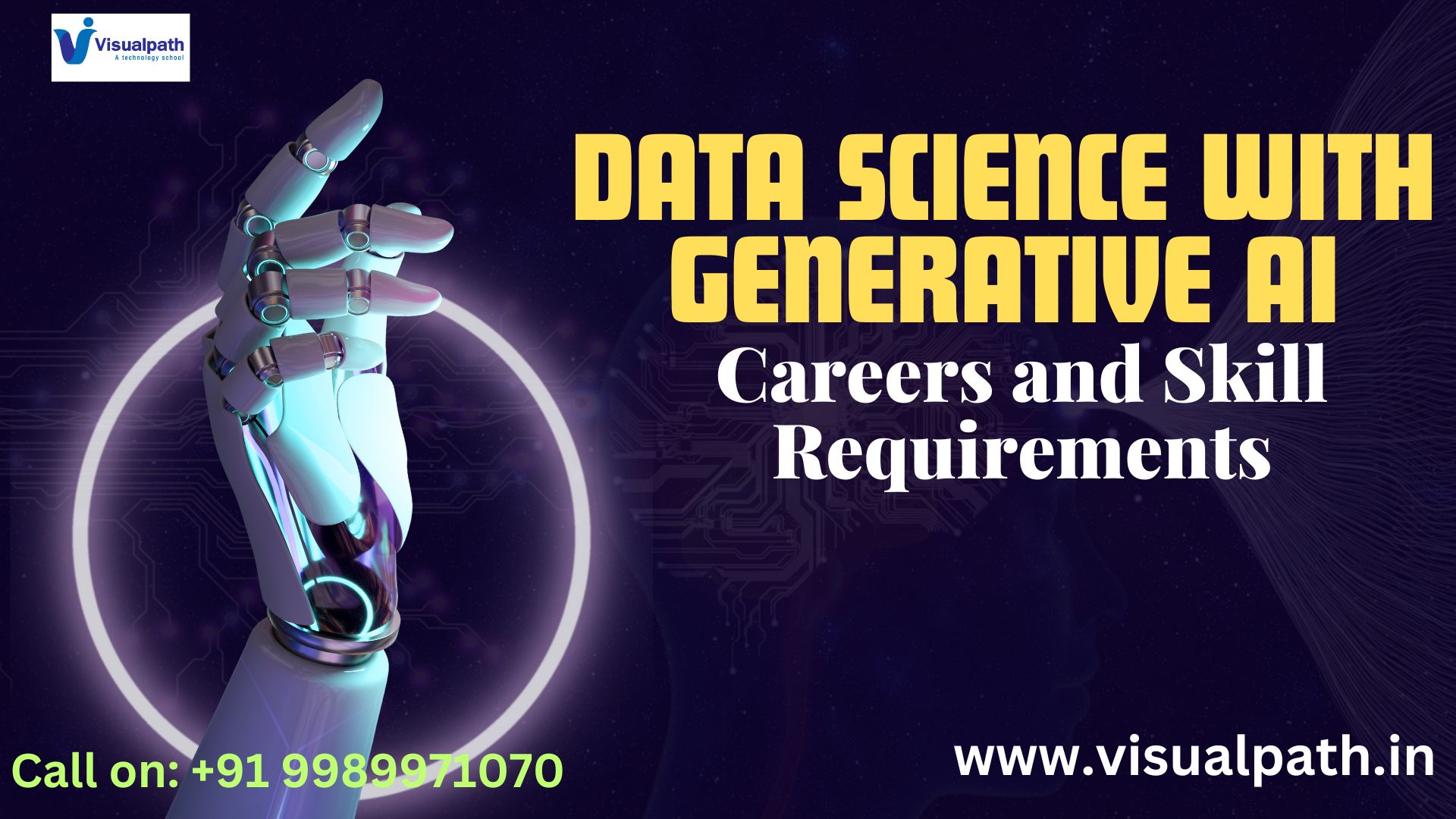Databricks, a unified analytics platform, has become one of the most powerful tools for data engineering and data science workflows. It provides a collaborative environment for processing large-scale data using Apache Spark, an open-source, distributed computing system that is widely used in big data processing. Databricks enhances the capabilities of Apache Spark with its optimized performance, scalability, and integration with other Azure services. In this article, we will explore how Databricks supports big data processing using Spark and the benefits it provides for data engineering teams.
Introduction to Databricks and Apache Spark
Apache Spark is a popular distributed computing framework that allows processing of large datasets in parallel across many machines. It offers in-memory computing capabilities, making it faster than traditional batch processing systems like Hadoop MapReduce. Spark provides APIs for Java, Scala, Python, and R, making it versatile and accessible to developers with different programming backgrounds. Azure Data Engineer Training
Databricks Features for Big Data Processing
Additionally, Databricks improves the Spark engine’s performance by implementing Photon, an optimized query engine designed to accelerate SQL workloads. Photon, available in the Databricks runtime, delivers faster query execution compared to traditional Spark SQL engines. Azure Data Engineer Training Online
- Scalability and Elasticit
Databricks makes it easy to scale Apache Spark clusters according to the size of the data and the complexity of the computations. Databricks allows users to automatically scale clusters up and down based on workload requirements, ensuring that resources are used efficiently. This elasticity ensures that organizations can process data of any size, from small datasets to petabytes, without having to manually manage the infrastructure.
The Databricks environment can also handle data from a wide variety of sources, including Azure Data Lake, Amazon S3, HDFS, and Databricks File System (DBFS). This flexibility makes Databricks ideal for big data processing in both cloud-native and hybrid architectures.
- Real-time Data Processing
Apache Spark provides native support for streaming data, and Databricks extends this functionality for real-time data processing. Using Structured Streaming, a built-in feature of Apache Spark, users can process data streams as they arrive, making it possible to perform real-time analytics, detect anomalies, or trigger automated workflows based on incoming data. Azure Data Engineer Course
Databricks integrates easily with real-time data sources such as Azure Event Hubs, Apache Kafka, and Azure IoT Hub. This makes it ideal for use cases like real-time data pipelines, fraud detection, sensor data analysis, and event-driven architectures.
- Collaborative Environment
One of the main reasons Databricks is so powerful for big data processing is its collaborative environment. Data engineers, data scientists, and analysts can work together on the same platform, sharing notebooks, visualizations, and insights. Databricks provides an interactive workspace where users can write code, run queries, and visualize data in real-time, improving collaboration and speeding up the data engineering workflow.
The integration with Jupyter Notebooks and Apache Zeppelin allows for an interactive experience, where users can write Python, R, SQL, and Scala code in one unified environment. Azure Data Engineer Course Online
- Machine Learning and AI
Databricks is not just a platform for big data processing; it also provides robust capabilities for machine learning and AI. The platform supports frameworks like MLlib, TensorFlow, and PyTorch, making it easier to develop machine learning models using Spark. Databricks also integrates with Azure Machine Learning, allowing data scientists to deploy and manage models at scale.
Conclusion
Databricks, powered by Apache Spark, provides a comprehensive solution for big data processing. Its optimized Spark engine, scalability, real-time processing capabilities, collaborative environment, and machine learning support make it a powerful platform for handling vast amounts of data in a fast and efficient manner. With the flexibility to scale resources, seamless integration with cloud services, and robust security features, Databricks ensures that data engineering teams can process big data with ease while focusing on generating insights rather than managing infrastructure. Whether you are dealing with batch processing, real-time analytics, or machine learning, Databricks and Apache Spark offer a unified solution that streamlines the entire data engineering pipeline.
Trending Courses: Artificial Intelligence, Azure AI Engineer, SAP PaPM
Visualpath stands out as the best online software training institute in Hyderabad.
For More Information about the Azure Data Engineer Online Training
Contact Call/WhatsApp: +91-7032290546
Visit: https://www.visualpath.in/online-azure-data-engineer-course.html



